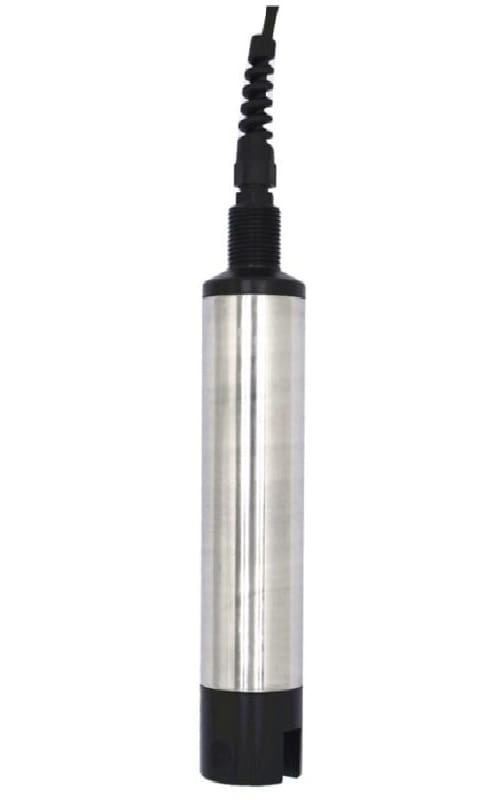Turbidity is a critical water quality parameter that measures the cloudiness or haziness of a liquid caused by large numbers of individual particles that are generally invisible to the naked eye, similar to smoke in the air. It’s an important concept in fields such as environmental science, civil engineering, and industrial processes.
Turbidity in water is caused by the presence of suspended matter such as clay, silt, finely divided organic and inorganic matter, plankton, and other microscopic organisms. It can affect the color of the water, making it appear cloudy or murky. High levels of turbidity can hinder the growth of aquatic life by blocking light, making it difficult for plants to photosynthesize. It can also affect the taste and odor of potable water.
Its a key test of water quality. It’s typically reported in nephelometric turbidity units (NTU). Turbidity sensors measure the amount of light scattered at right angles from a beam of light passing through the water. These sensors can be used in various applications including drinking water, wastewater, and environmental monitoring.
-
WCM-T6070 Turbidity Monitor/Controller in 144 mm x 144 mm Format
$529.00 exc GST -
WCP-CS7800D Low Turbidity Digital Sensor
$2,646.00 exc GST -
WCP-CS7801D Low Turbidity Digital Sensor
$2,649.00 exc GST -
WCP-CS7830D Digital Turbidity Probe. Infrared 180° Beam
$634.00 exc GST -
WCP-CS7832D Digital Turbidity Probe. Infrared 135° Beam
$1,903.00 exc GST -
WCP-CS7833D Digital Turbidity Probe: Double Beam Infrared
$3,171.00 exc GST



